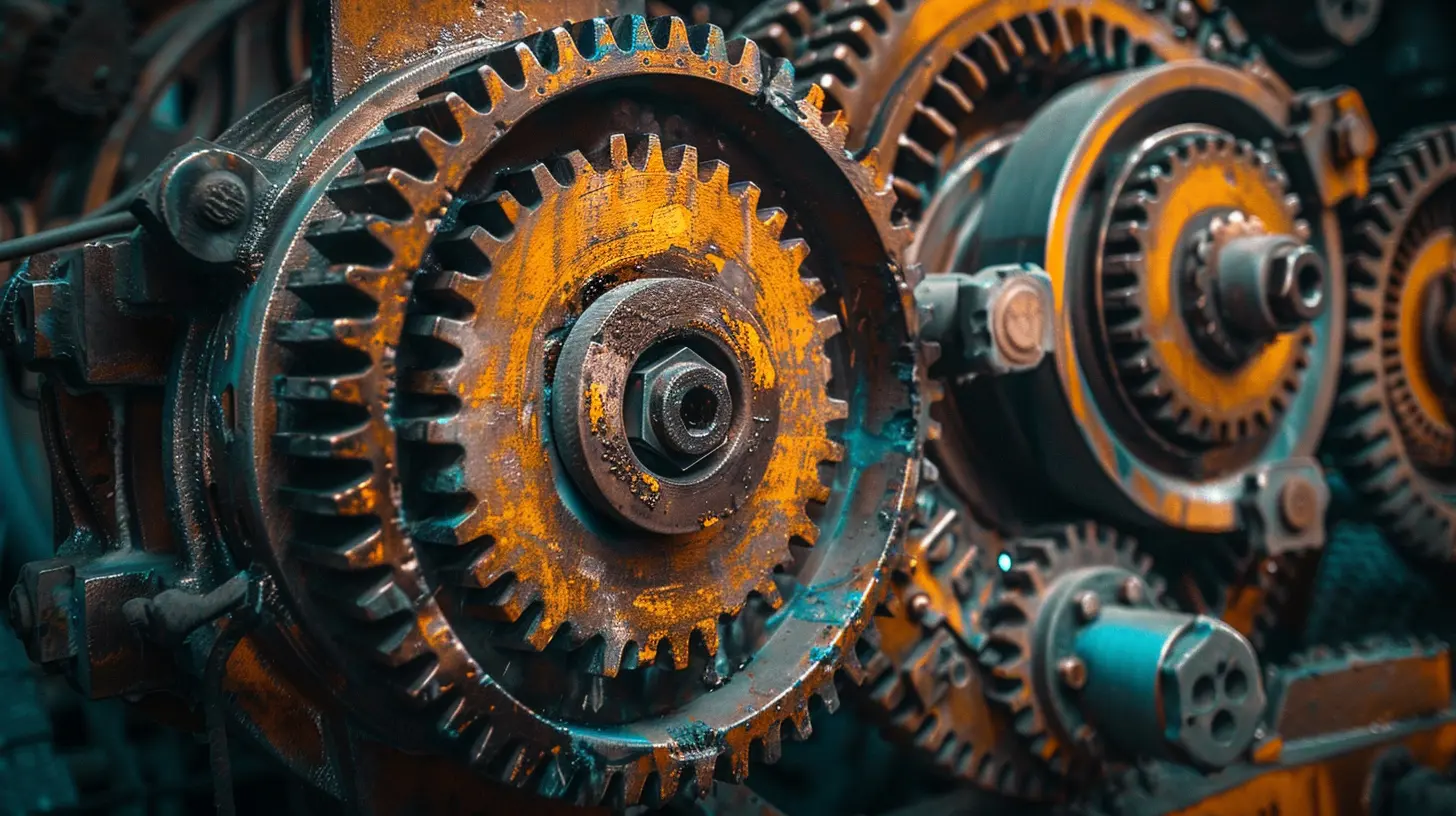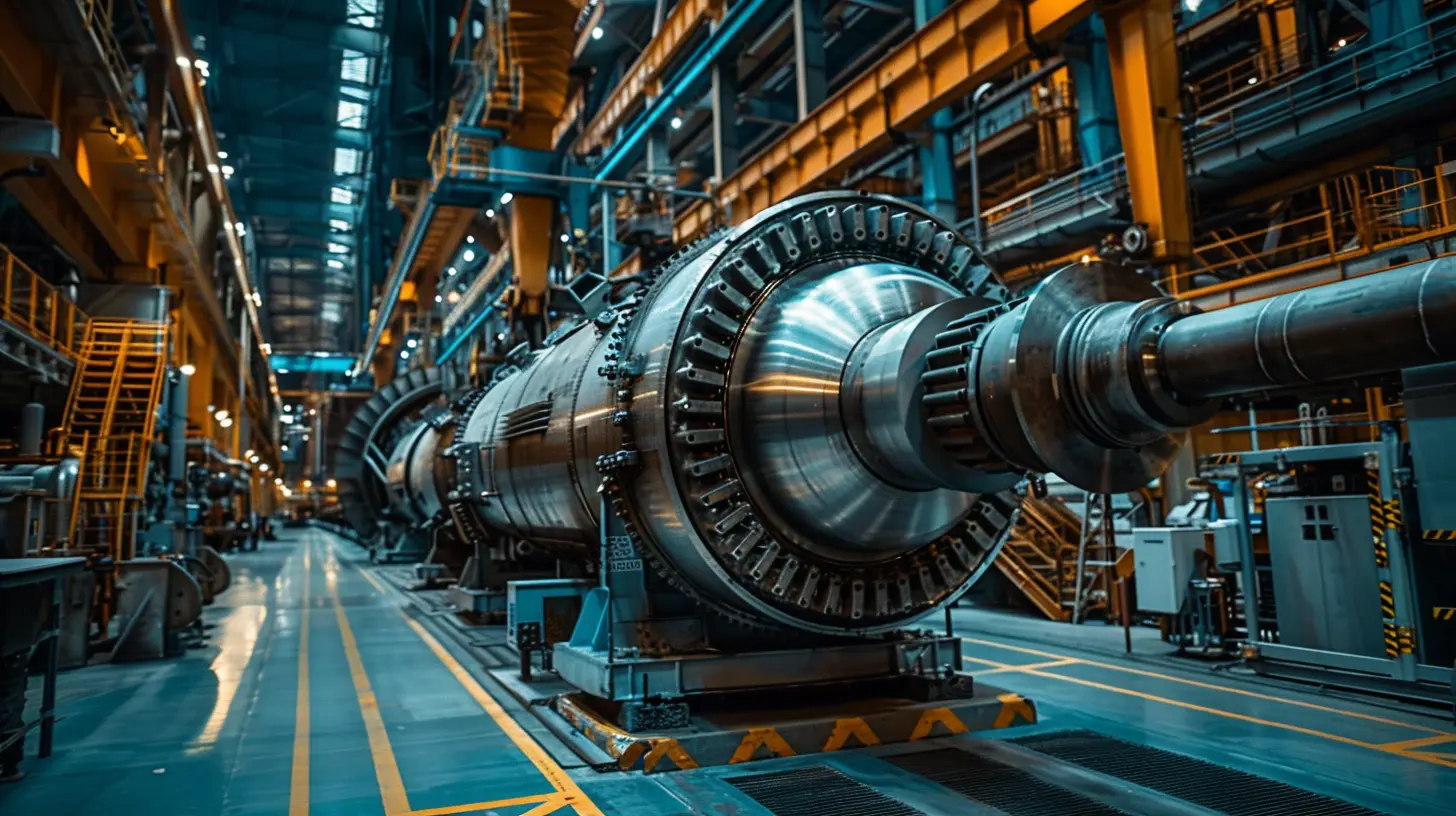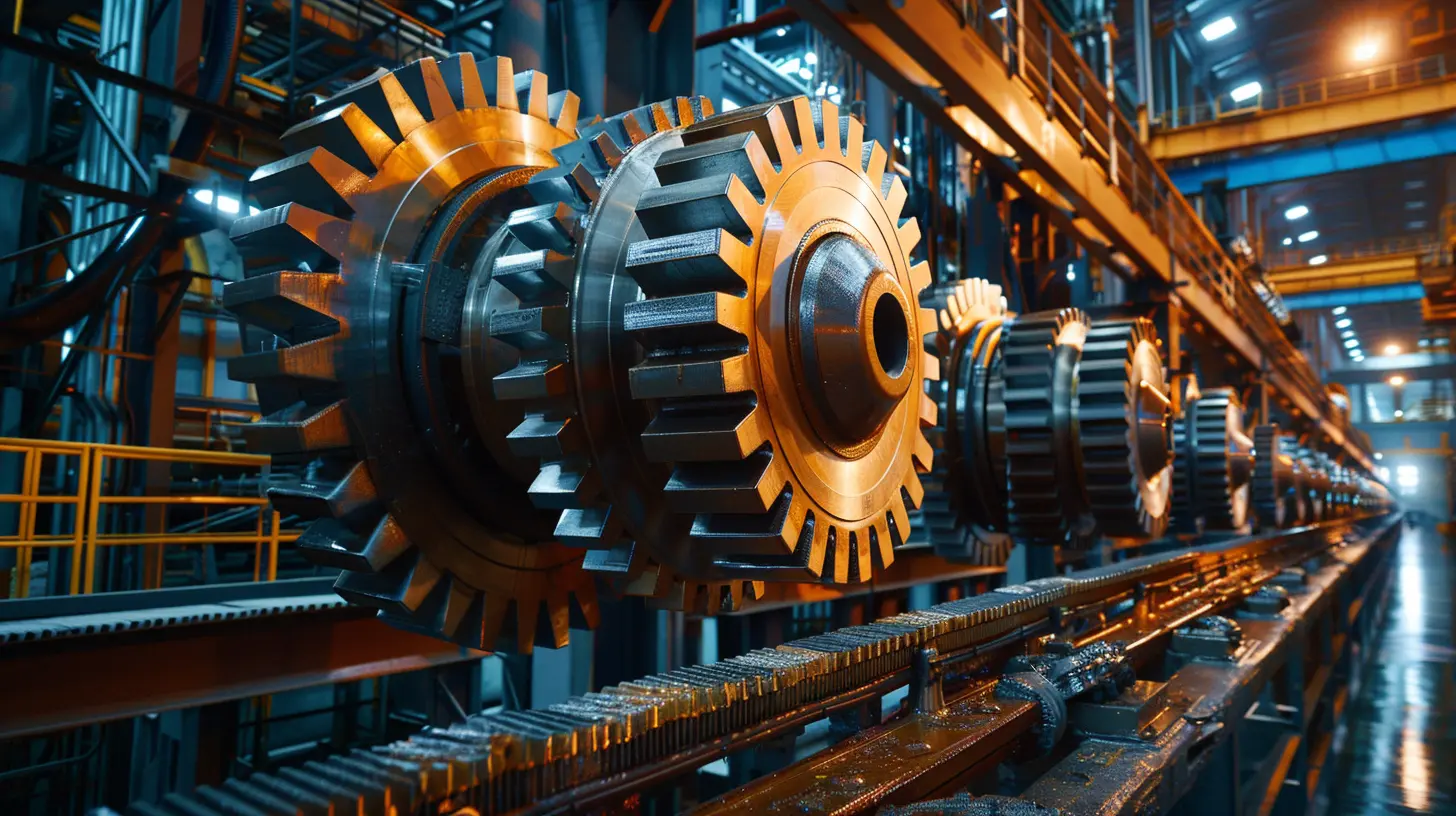How Predictive Maintenance is Revolutionizing Manufacturing
7 November 2025
Let’s face it—manufacturing has always been about precision, efficiency, and staying one step ahead of the curve. Whether you're running a sleek modern factory or managing legacy machinery in a decades-old plant, you know one thing for sure: downtime is a dream-killer.
Now, imagine if your machines could whisper, "Hey, I might break down next week. Better check me out." Sounds like sci-fi, right? But that’s exactly what predictive maintenance is doing for the manufacturing world. And trust me, it’s not just a buzzword—it’s a game-changer.
In this post, we’re diving deep into how predictive maintenance is flipping the script on traditional manufacturing practices. Get ready to see how data, sensors, and smart algorithms are teaming up to save time, cash, and, let’s be honest, a lot of headaches.
What Exactly Is Predictive Maintenance?
Alright, before we jump into the deep end, let’s keep it simple. Predictive maintenance (PdM) is like getting that weird noise in your car checked out before it turns into a full-blown breakdown on the highway.Instead of waiting for machines to fail (reactive maintenance) or fixing them on a set schedule whether they need it or not (preventive maintenance), predictive maintenance uses real-time data to forecast exactly when a machine will need TLC.
Here's how it typically works:
- Sensors collect data (vibration, temperature, acoustics, etc.)
- That data is fed into algorithms, often machine learning models
- The system predicts when a component is likely to fail
- Maintenance is scheduled just in time—not too early, not too late
It’s like Goldilocks maintenance. Just right.
Why Traditional Maintenance Methods Fall Short
Let’s be real—traditional maintenance isn't the worst. After all, it kept things running for decades. But is it the best we can do today? Not a chance.Here’s the thing:
- Reactive maintenance is like playing Russian roulette with productivity. You wait until something breaks, then scramble to fix it. You lose time, money, and possibly your cool.
- Preventive maintenance is safer but inefficient. You may replace parts that still have life left in them, which isn't exactly budget-friendly or resource-wise.
Neither is optimal when you have better tech at your fingertips.
The Technology Behind Predictive Maintenance
Now let’s geek out a little (just a little). PdM isn't magic; it’s a perfect storm of emerging tech. Here's what makes it tick:1. IoT Sensors
These tiny devices are the eyes and ears of your machines. They continuously monitor:- Temperature
- Pressure
- Vibration
- Humidity
- Oil levels
Basically, if your machine is feeling “off,” these sensors will know it before you do.
2. Cloud Computing
All that juicy sensor data? It needs somewhere to go. Cloud platforms store and process the massive amounts of information PdM systems generate. Plus, they make it accessible from anywhere.3. Machine Learning & AI
This is the brain of predictive maintenance. AI analyzes patterns in the data, learning what “normal” looks like and spotting anomalies faster than a seasoned technician with 30 years of experience.4. Big Data Analytics
PdM isn't just about observing — it’s about understanding. With big data tools, companies can compare data across machines, factories, even continents to find universal trends and solutions.
Benefits of Predictive Maintenance in Manufacturing
Okay, so we know what it is. But why should manufacturers care? Spoiler: there are big perks.🛠️ 1. Reduced Downtime
Downtime is the enemy. PdM keeps machines humming by fixing them before they conk out. That means fewer surprises and more consistent production schedules.💰 2. Lower Maintenance Costs
Why replace a part that's still going strong? Predictive maintenance stops unnecessary repairs, so you save on both labor and parts.📦 3. Improved Inventory Management
Knowing what parts will fail and when? That’s gold. It means you can order parts just in time instead of hoarding spares “just in case.”🌎 4. Sustainability Boost
Fewer breakdowns mean less waste. Plus, running machines efficiently reduces energy use. It’s good for the planet and your PR.👷 5. Enhanced Worker Safety
Predicting failures doesn’t just save machines; it protects your people. Malfunctioning equipment is often dangerous. PdM helps you dodge that risk.Real-Life Examples: Predictive Maintenance in Action
These aren’t just theories. Companies are already cashing in on PdM in some pretty cool ways.✈️ Rolls-Royce (Aviation)
Instead of grounding planes for routine checks, Rolls-Royce uses sensors inside their jet engines. They monitor performance in real time and schedule maintenance exactly when it’s needed. The result? Less downtime, lower costs, and happier airlines.🏭 Siemens (Industrial Manufacturing)
Siemens uses PdM across its manufacturing lines to stay ahead of equipment failures. Their systems can predict potential issues weeks in advance, preventing production halts in critical sectors like electronics and energy.🚗 General Motors (Automotive)
GM has implemented PdM across countless factories, using AI and sensor data to reduce maintenance costs and improve vehicle manufacturing efficiency. They reported millions in savings just from avoiding unnecessary repairs.Not bad, right?
So, How Do You Implement Predictive Maintenance?
Maybe you’re thinking, “Okay, this sounds amazing, but how do I actually get started?” Good question.1. Assess Your Equipment
Not every machine needs PdM. Start by identifying critical assets—those whose failure would hurt the most—and focus on them first.2. Install Sensors
No data, no PdM. You’ll need IoT-enabled devices to monitor key metrics like heat, pressure, or vibrations.3. Integrate Your Systems
Make sure your sensors can talk to your cloud platform, and the cloud can talk to your analytics tools. Connectivity is key.4. Analyze and Train
Work with data scientists—or use pre-built ML models—to analyze patterns. Train the AI to recognize what “trouble” looks like.5. Set Up Alerts and Actions
Once a potential issue is spotted, your system should notify your team. Better yet, pair alerts with automated workflows that schedule inspections or part replacements.6. Scale Gradually
Start small. Prove it works. Then scale up across the factory—or globally. Like any good recipe, PdM needs tweaking before you serve it to everyone.Common Challenges (and How to Tackle Them)
Let’s be honest—it’s not all sunshine. Predictive maintenance has hurdles. But forewarned is forearmed.💸 Challenge: High Initial Costs
Yes, implementing PdM requires an upfront investment in sensors, software, and training.Solution: Start small. Focus on high-impact assets, show ROI, and scale from there.
📊 Challenge: Data Overload
Too much data can be overwhelming, especially if your team isn’t used to interpreting it.Solution: Use dashboards and data visualization tools. Don’t just collect data—make it understandable and actionable.
🧠 Challenge: Skill Gaps
AI and IoT require new skill sets. Your traditional maintenance crew might not be up to speed.Solution: Invest in training or partner with tech providers that offer support. Some PdM platforms are surprisingly user-friendly.
The Future of Predictive Maintenance in Manufacturing
So, what’s next?Expect predictive maintenance to become even more automated and intelligent. Think of machines that not only tell you they’re about to fail, but also:
- Order their own replacement parts
- Schedule their own maintenance
- Reallocate tasks to other machines temporarily
- Update their performance data to a central system for benchmarking
That’s a smart factory dream. And we’re already getting there.
As AI continues to evolve and edge computing grows, expect predictive tools to move closer to real-time, even on the shop floor itself. The days of clipboard inspections and reactive repairs are numbered.
Final Thoughts
Predictive maintenance isn’t just a tech trend – it’s a paradigm shift. It's turning the age-old mantra of "fix it when it breaks" into "catch it before it cracks." And in a world where downtime costs thousands (or millions), this change is not just welcome—it’s essential.So, whether you're a factory manager, an operations exec, or a curious techie, one thing's clear: predictive maintenance isn’t the future of manufacturing. It’s the now.
Ready to stop guessing and start knowing? Your machines might just thank you.
all images in this post were generated using AI tools
Category:
Data AnalyticsAuthor:

Jerry Graham
Discussion
rate this article
1 comments
Laura Rios
This article beautifully highlights the transformative power of predictive maintenance in manufacturing. It's inspiring to see how technology not only enhances efficiency but also fosters a proactive approach to maintenance. Embracing these innovations can lead to significant cost savings and improved production reliability. Excited to see where this journey takes us!
November 8, 2025 at 4:41 AM

Jerry Graham
Thank you for your thoughtful comment! I'm glad you found the article inspiring. Embracing predictive maintenance truly is a game-changer for the industry!


